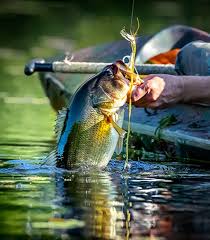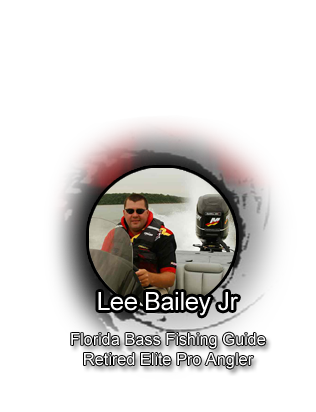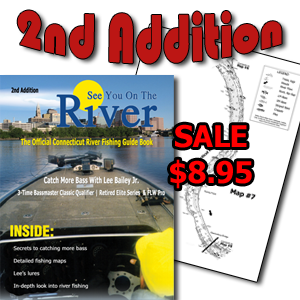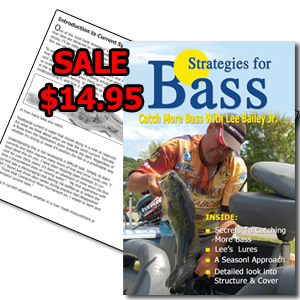Late Fall Bass Fishing during the transitional seasons of the year can sometimes seem challenging. With a few key late fall fishing tips, you can bump up your cool weather catch rates while using artificial baits and lures.
Late Fall Bass Fishing can be some fantastic bass catching action. The bass are feeding for the long winter. Shad and bait fish are slow and or dying making it easy for bass to feed. A passing front can trigger some of the best bass fishing action of the year. And a final bonus, there will not be many anglers on the water. Most are hunting, opening up the lake to anywhere you might want to try your hand at catching a bass of a lifetime.
Consider these Late Fall Bass Fishing pointers when heading out to your local spots:

- Use search baits to cover more water. One of the most important fall fishing tips is to cover plenty of water versus spending too much time in one spot. Use search baits, like a crankbait, Binsky blade bait, swimbait or topwater, to quickly locate schools of bass that are chasing shad to fatten up for winter.
- Fish the flats. Bass generally head into shallow water during the fall months. Check flats that are adjacent to grass beds, and try fishing in 3 to 6 feet of water with a few good fall fishing lures.
- Note significant drops in water temperature. Another one of the best fall fishing tips is to consider the impact that a cold front will have on the activity level of bass during this time of year. As we transition into late fall fishing and see more significant drops in temperature. Shad will keep moving shallow and so will the big bass.
To sum up, these late fall fishing tips for big bass mean covering more water, fishing shallow flats near grass, downsizing after a temperature drop, and switching your lures if you’re not seeing enough action.
Now you can plan a day of fall fishing with your family,
Get ready for some late season fun on the water with Florida Bass Fishing Guide Lee Bailey Jr!
See You On The River
This CT River Fishing Guidebook is the most comprehensive compilation of maps, Lees Lures and river Fishing Factors I have ever put together.
Strategies For Bass
Strategies For Bass paperback has the most impressive collection of up-to-date information, anglers will learn everything they need to know to catch more bass.









